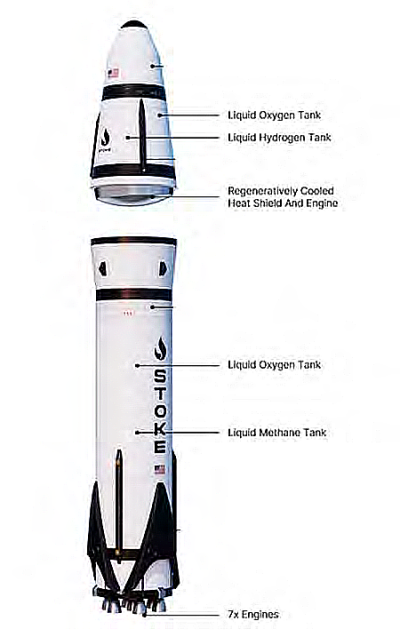AST SpaceMobile raises $400 million in capital
The direct-to-cell satellite company AST SpaceMobile has raised another $400 million in investment capital, giving it a total of $900 million in cash on hand for building its full constellation of its much larger second generation Bluebird satellites.
The operator now has more than $900 million of cash on its balance sheet to shift production of its Block 2 BlueBird satellites into a higher gear this year, after deploying five smaller Block 1 spacecraft to low Earth orbit (LEO) in September.
At about 223 square meters when fully deployed, a Block 2 satellite is significantly larger than Block 1, which spans 64 square meters, enabling 10 times the capacity to support up to 120 megabits per second (Mbps) peak data rates.
It has plans to launch 45 of these larger satellites in the next two years.
At the moment AST SpaceMobile and SpaceX are the only two companies offering direct-to-cell service. One component of SpaceX’s Starlink constellation has this capability, and the company has a deal with T-Mobile to use it to fill in gaps in its cell tower ground network. AST in turn has a deal with AT&T.
The direct-to-cell satellite company AST SpaceMobile has raised another $400 million in investment capital, giving it a total of $900 million in cash on hand for building its full constellation of its much larger second generation Bluebird satellites.
The operator now has more than $900 million of cash on its balance sheet to shift production of its Block 2 BlueBird satellites into a higher gear this year, after deploying five smaller Block 1 spacecraft to low Earth orbit (LEO) in September.
At about 223 square meters when fully deployed, a Block 2 satellite is significantly larger than Block 1, which spans 64 square meters, enabling 10 times the capacity to support up to 120 megabits per second (Mbps) peak data rates.
It has plans to launch 45 of these larger satellites in the next two years.
At the moment AST SpaceMobile and SpaceX are the only two companies offering direct-to-cell service. One component of SpaceX’s Starlink constellation has this capability, and the company has a deal with T-Mobile to use it to fill in gaps in its cell tower ground network. AST in turn has a deal with AT&T.







